Tags: Exoplanet
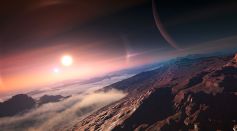
Ocean Exoplanet Found 100 Light-Years From Earth [LOOK]
Exoplanet 700-Light Years Away Contains Carbon Dioxide Found By James Webb Space Telescope

IAU Invites the Public to Name an Exoplanet Recently Discovered Using James Webb Space Telescope: Here's How
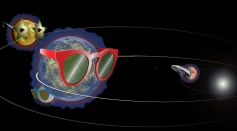
Exoplanet Photobombers May Spoil NASA's Search For Life on Outer Space [Study]
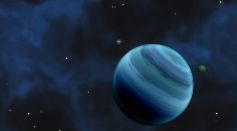
New Neptune-Sized Exoplanet Orbiting a Bright Massive Star May Explain Why Finding Such Planets Is Rare

NASA’s TESS Discovered a Hot Sub-Neptune Exoplanet Bigger Than Earth

NASA James Webb Space Telescope Wants You to Name 20 Exoplanets Through IAU's Competition; Here's How to Join

Super-Earth Ross 508b Orbiting in the Habitable Zone of a Red Dwarf Might Possess Some Signs of Life

NASA Used Spitzer Data to Explain Why Some Planets Are Covered With Sand Clouds

NASA Launches Visual Guided Tours of Exoplanets to Show Life Outside Earth
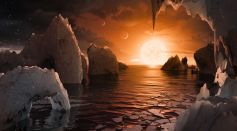
Exoplanet Planetary Habitability: Distant Super-Earth Has Hydrogen-Rich Atmosphere and May Host Extraterrestrial Life
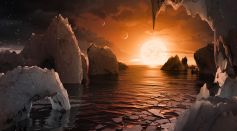
Super-Earth Exoplanet 4 Times Bigger Than Our Planet Found 36.5 Light-Years Away; Is It Habitable?

Tides Might Be Responsible for Rarity of 'Trojan' Exoplanets, Study Claims
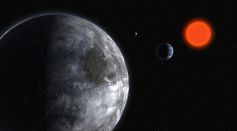
A Pair of Rocky Exoplanets Twice Larger Than the Earth Discovered

Bizarre Exoplanet With 3 Suns Is Just a Star Itself, Study Says

Is It Possible for a Moon to Own a Satellite?

Neptune's Atmosphere Colder Than We Thought As It Dropped Temperatures in 2 Decades

Rare Birth of Baby Jupiter Offers New Theory About Formation of a Planetary System

Scientists Discover Bizarre Formation of Massive Exoplanet 'AB Aurigae b'

Astronomers Find Jupiter’s Identical Twin Exoplanet 17,000 Light-Years Away Using Kepler Space Telescope
Most Popular

Trump Administration Declares COVID-19 Likely Originated from Wuhan Lab Leak, Citing Scientific Evidence

Largest Known Volcanic Aquifer Discovered Beneath Oregon's Cascades

New 'Supergiant' Sea Bug Found in South China Sea, Named After Darth Vader

Mediterranean Sea Was Refilled by a Catastrophic Flood Millions of Years Ago





